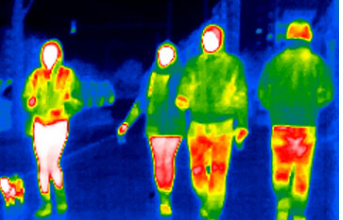“Earth’s Rotation Revealed! Breakthrough Laser Tech Uncovers Daily Secrets – Find Out How Scientists at TUM Are Changing the Climate Game!”

Scientists at the Earth’s Rotation Technical University of Munich (TUM) have achieved a groundbreaking improvement in the precision of measuring the Earth’s rotation using the ring laser at the Geodetic Observatory Wettzell. This enhancement allows for data capture at an unparalleled quality level worldwide. The measurements obtained play a crucial role in determining the Earth’s position in space, supporting climate research, and refining the reliability of climate models.
The upgraded ring laser at the Geodetic Observatory Wettzell now provides daily current data, a capability previously unattainable at comparable quality levels. This technology measures fluctuations in the Earth’s rotation, a phenomenon influenced by the planet’s composition and internal movements. The Earth’s rotation variations are essential not only for astronomical purposes but also for creating precise climate models and understanding weather phenomena like El Niño.
Earth’s Rotation
In the technical refinements of the ring laser system, the research team faced challenges in balancing size and mechanical stability. Larger devices enable more sensitive measurements but come with compromises in stability and precision. Over the past four years, the team addressed issues related to the symmetry of the opposing laser beams, a critical component of the Wettzell system, using a theoretical model for laser oscillations.
With the newly developed corrective algorithm, the ring laser can now measure the Earth’s rotation with unprecedented precision, down to 9 decimal places, corresponding to a fraction of a millisecond per day. This level of accuracy is significant, considering the observed fluctuations of up to 6 milliseconds over two-week periods. The improvements in the laser system also allow for significantly shorter measurement periods, with current data captured every three hours.
Professor Ulrich Schreiber, leading the project at the Observatory for TUM, emphasizes the importance of these measurements for accurate climate models and weather predictions. The enhanced precision of the ring laser system, which operates independently without relying on external reference points, offers novel insights and the potential to identify and compensate for systematic errors in other measurement methods.
Looking ahead, the researchers plan further improvements to the system to enable even shorter measurement periods. The ring laser technology, consisting of a closed, square beam path with four mirrors enclosed in a Ceran glass-ceramic body, provides a robust and precise infrastructure.
Anchored to solid bedrock, protected by a pressurized chamber, and located five meters underground, the construction minimizes external factors, ensuring the Earth’s rotation is the primary influence on the laser beams. Almost two decades of research have contributed to the development of this advanced measuring system at the Geodetic Observatory Wettzell.




